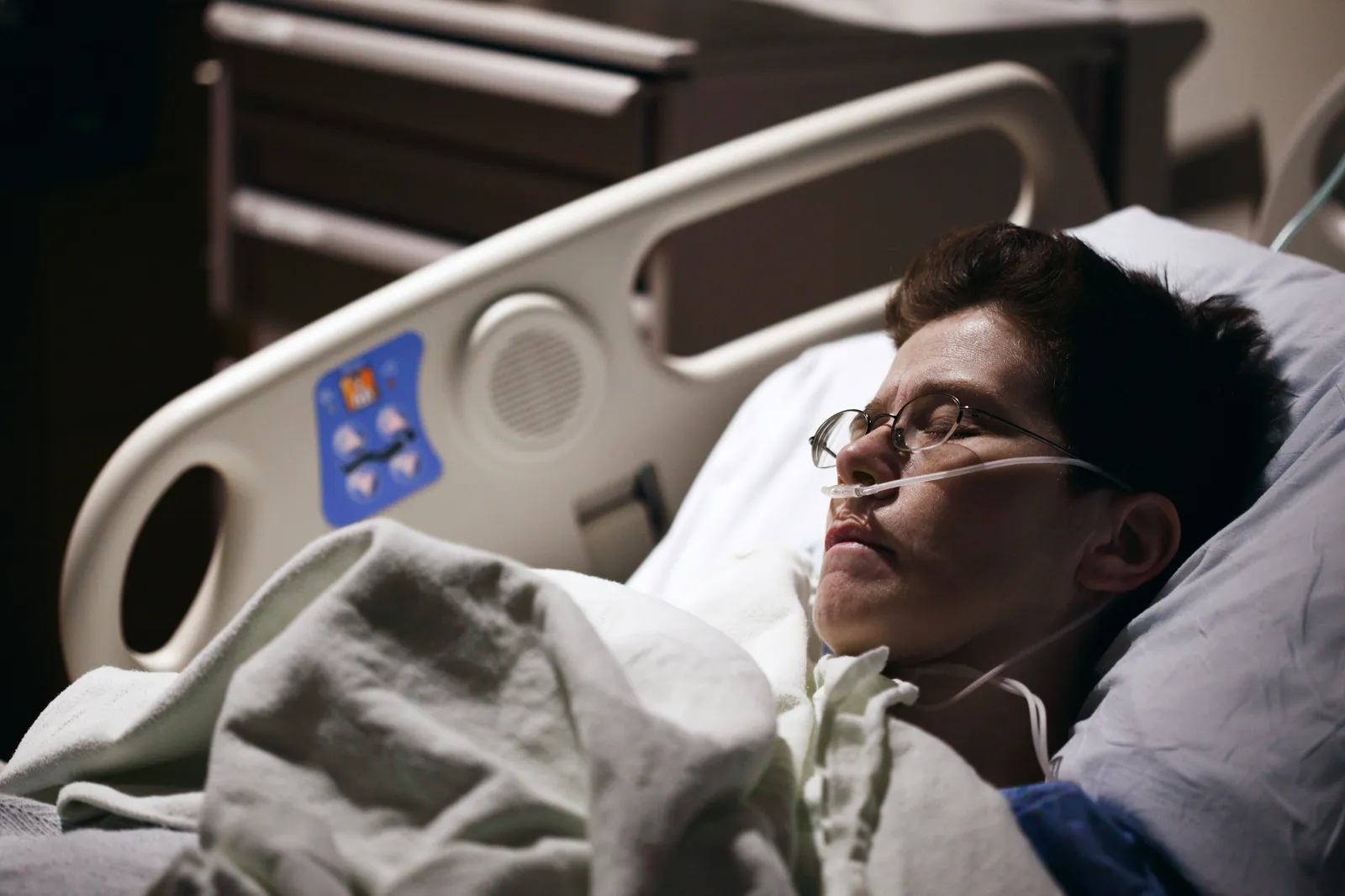On March 8, International Women’s Day, gender equity takes center stage — including in the field of health. Rare diseases affect millions of people worldwide, but late diagnosis in women presents specific challenges.
In addition to the inherent difficulties of diagnosing and treating these conditions, there is often an underestimated gender disparity. Women tend to receive diagnoses later and are taken less seriously by the healthcare system.
Moreover, it is women who most often take on the burden of caring for family members with rare diseases. This added responsibility severely impacts their physical and mental health, reduces quality of life, and compromises financial security.
Late Diagnosis in Women: Inequality in Diagnosis
A study conducted by the University of Copenhagen analyzed data from over 6.9 million patients and revealed that women are diagnosed later than men for several diseases.
The research compared diagnoses across 1,369 medical conditions and identified differences in the time to diagnosis for metabolic diseases, eye disorders, skin conditions, musculoskeletal diseases, and congenital malformations.
However, the researchers could not determine whether delayed diagnoses were due to genetic, environmental, healthcare system biases, or a combination of these factors.
The Harm of Delayed Diagnosis for Women
For women with rare diseases, delayed diagnosis is especially harmful. The longer it takes to receive a diagnosis, the longer the wait for treatment. While waiting for answers, the disease may progress significantly, leading to serious complications.
A report by the Alliance Maladies Rares found that French women with rare diseases are referred to hospitals or specialists later than men, even after presenting initial symptoms.
Furthermore, men often begin treating symptoms before receiving a definitive diagnosis, while women tend to wait for diagnostic confirmation before starting symptomatic treatment. This not only prolongs their suffering but also increases the risk of worsening conditions.
The Invisible Burden: Women as Caregivers
In addition to facing their own health challenges, women frequently take on the responsibility of caring for relatives with rare diseases. According to a study by IBGE, women spend on average 9.6 more hours per week than men on household chores and caregiving. This extra load has a direct impact on physical and emotional well-being, increasing the risk of exhaustion, anxiety, and depression.
When it comes to rare diseases, this reality is even more severe. Caring for patients with complex, hard-to-manage conditions involves administering medications, attending multiple medical appointments, and even learning basic medical procedures to provide care at home. Women often sacrifice their own needs to prioritize their family’s well-being, which can lead to delays in diagnosis and treatment of their own health issues.
In addition, this caregiving burden can result in severe socioeconomic consequences. Many women reduce their working hours or leave their jobs to dedicate themselves to caregiving, leading to financial dependence and increased economic vulnerability. This perpetuates a cycle of invisibility and inequality, where women’s health and quality of life are compromised due to traditional gender roles.
Recognizing and addressing this burden is essential to promoting health equity. Public policies that support caregivers, such as home care programs and psychological support networks, are critical to alleviating the invisible weight carried by women. Only then can we ensure that both patients and caregivers receive the care and attention they deserve.
What Needs to Change
International Women’s Day is a reminder that gender inequalities in the healthcare system must be addressed. Women deserve the same level of attention and quality of care as men — including timely diagnoses, proper consideration of their symptoms, and greater support for those in caregiving roles.
Equitable healthcare is not a privilege — it is a right. Achieving it requires ongoing investment in research, professional training, and public policies that eliminate structural barriers that perpetuate these inequalities.
Women with rare diseases deserve fast, respectful, and fair medical care. We must recognize this reality, listen to female patients, and take urgent action to transform the healthcare system. Only then can we ensure that everyone — regardless of gender — receives the comprehensive care they need and deserve.
Sources:
WESTERGAARD, David; MOSELEY, Pope; SØRUP, Freja Karuna Hemmingsen; BALD, Pierre; BRUNAK, Søren. Population-wide analysis of differences in disease progression patterns in men and women. Nature Communications, Feb 8, 2019. Available at: https://www.nature.com/articles/s41467-019-08662-6
EUROPEAN PUBLIC HEALTH ALLIANCE. Gender inequalities and discrimination in rare diseases: a double threat to women’s health and wellbeing. Dec 15, 2025. Available at: https://epha.org/rare-diseases-gender-inequalities/
IBGE – BRAZILIAN INSTITUTE OF GEOGRAPHY AND STATISTICS. In 2022, women dedicated 9.6 more hours per week than men to household chores or caregiving. IBGE News Agency, Mar 9, 2023. Available at: https://agenciadenoticias.ibge.gov.br



